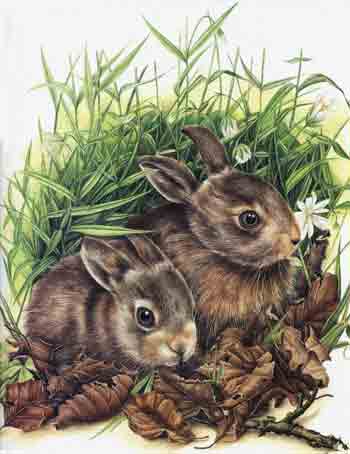planta-, plant-
(Latin: sole of the foot; to tread down with the sole or the flat bottom or the underside of the foot; and by extension, to level the ground for sowing seeds)
Plantar warts are often acquired by walking bare-footed on contaminated floors near swimming pools and communal showers.
As a result of pressure from the weight of the body, plantar warts are flattened and forced into the skin on the base of the feet; often causing discomfort or even pain when a person is standing or walking.
The labor on a plantation is normally done by workers who live there.
2. A farm machine that places flora pods or capsules in the ground: Mike used his planter to plant wheat and oat seeds in the fields.
Many animals survive on plants for food and as places for living and protection.

2. When walking, using the lower surfaces of each foot on the ground including the heel: Humans are probably the most identifiable plantigrade creatures that people know.
Poisonous plants grow as vines or bushes, and the leaves have three leaflets (poison ivy, poison oak) or a row of paired leaflets (poison sumac).
A poisonous plant can cause itching, burning, and blistering at the places of the skin where contact has occurred and in some people these skin reactions can be extremely severe and very uncomfortable.
The poisonous plants that are very dangerous to eat include foxglove, aconite, hemlock, laburnum seeds, and many types of berries, including the berries of deadly nightshade and holly.
The seriousness of the symptoms of poisonous plants are different depending on the plant and may include abdominal pain, vomiting, excitement, breathing difficulties, delirium, and even coma.
Children should be taught not to sample any berries of potentially poisonous plants or any kind of wild plants.
More about poisonous plants
There are hundreds of different poisonous plants including many household plants and flowers; a few of which are described here.
- Poison ivy occurs throughout the United States growing as a bush or a vine where each leaf consists of three shiny leaflets. When anyone comes in contact with these plants, an oily substance from the surface of the plant causes irritation on the skin that can be very severe and spread even more when the skin is scratched.
- Nightshade, also called belladonna, is about three feet high, with shiny black berries. Eating even a small part of a seed can result in symptoms; such as, a rash, blurred vision, difficulty in swallowing, confusion, and a coma.
- The foxglove, which has purplish pink flowers, is a source of the heart drug digitalis; however, eating the plant irritates the mouth and causes abdominal pain, diarrhea, and a disturbance of the heart beat.
2. To remove or uproot in order to replace with something else: The lexicographer, Mr. Johnson, was asked if he thought online dictionaries would be supplanting printed formats.
3. Etymology: via Old French suppplanter, from Latin supplantare, "to trip up"; hence "to overthrow" is a compound verb that is formed from the prefix sub-, "up from under" and planta, "sole of the foot" and so it seems to be indirectly related to the term plant.
2. Etymology: from Middle English, from Anglo-French supplanter, from Latin supplantare, "to trip up, to cause to stumble", which came from Latin sub-, "under" + planta, "sole of the foot".
As with other related "plant" references, this entry is believed to be linked to the action of pressing on a shovel, or some other planting device, with the "sole of the foot" in order to work the soil for planting.


